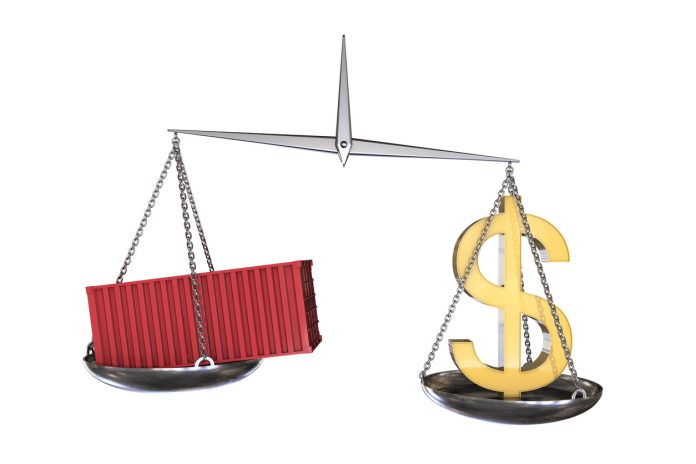The Strategic Impact of Tariffs on Mid-Sized Companies: A Comprehensive Analysis
As tariffs continue to dominate global trade discussions, mid-sized companies are facing unprecedented challenges in navigating the economic landscape. In this analytical report, we delve into the strategic implications of tariffs on businesses with global supply chains and international customer bases. Drawing insights from industry experts and market trends, we provide actionable recommendations to help mid-sized companies thrive in the face of tariff disruptions.
The Evolution of Tariffs: From Trade Tools to Economic Levers
Historically, tariffs have served as protective measures to support emerging industries and enhance national security. However, in recent years, tariffs have transformed into powerful economic levers that can profoundly impact markets and industries. Mid-sized companies must recognize the evolving nature of tariffs and adapt their strategies accordingly to remain competitive.
Strategic Responses to Tariff Disruptions
Amid tariff upheaval, companies that emerge strongest are those that leverage disruption to differentiate themselves in the market. By positioning their businesses as steady, solutions-oriented, and proactive, companies can gain a competitive edge over their peers. Real-world examples highlight the effectiveness of strategic moves that capitalize on tariff disruptions to create advantage.
Concrete Actions for Manufacturers to Turn Tariffs into a Competitive Advantage
- Reframe Your Value Proposition: Highlight reliability and responsiveness in your messaging to attract customers seeking stability.
- Re-engineer Product Specs: Explore alternative materials and designs to reduce tariff exposure.
- Bundle Services: Offset cost increases by bundling services with products to enhance value proposition.
- Lean Into Strategic Inventory and Procurement: Buy ahead of tariff implementation deadlines and secure pricing agreements with suppliers.
- Offer Tariff Education and Support: Educate customers on tariff impacts and position your business as a trusted advisor.
- Use Tariff Trends for Targeted Campaigns: Build targeted campaigns to attract customers frustrated by tariff-related challenges.
Positioning for Long-Term Success
During times of disruption, customers value stability and transparency. By communicating effectively, pricing strategically, and sourcing responsibly, companies can build brand equity and strengthen customer loyalty. Embracing a market posture of transparency, proactivity, and commitment to shared success can set companies apart in a competitive landscape.
Key Takeaways for Mid-Sized Companies
- Tariffs can be leveraged as a differentiator in the market.
- Disruption presents an opportunity to reframe value propositions and enhance operational resilience.
- Effective messaging can turn complexity into clarity for customers.
- Aligning execution with strategy is essential for success in a disrupted market.
Conclusion
As tariffs continue to shape the global economic landscape, mid-sized companies must adapt their strategies to thrive in a volatile market environment. By leveraging tariff disruptions as opportunities for differentiation, innovation, and strategic growth, companies can emerge stronger and more resilient in the face of uncertainty. By implementing the actionable recommendations outlined in this report, mid-sized companies can navigate tariff challenges with confidence and drive sustainable growth in a rapidly changing world.
FAQ
Q: How can mid-sized companies mitigate the impact of tariffs on their businesses?
A: By reframing their value propositions, re-engineering product specs, bundling services, leaning into strategic inventory and procurement, offering tariff education and support, and using tariff trends for targeted campaigns, mid-sized companies can turn tariffs into a competitive advantage.
Q: What are the key success factors for companies facing tariff disruptions?
A: Transparency, proactivity, and commitment to shared success are critical success factors for companies navigating tariff disruptions. By communicating effectively, pricing strategically, and sourcing responsibly, companies can position themselves for long-term success.
Download the full eBook Navigating Tariff Impact: Go-to-Market Guide for Mid-Sized Companies and book your complimentary 1-hour review with a Chief Outsiders expert. Let’s turn tariff disruption into your next chapter of growth.


